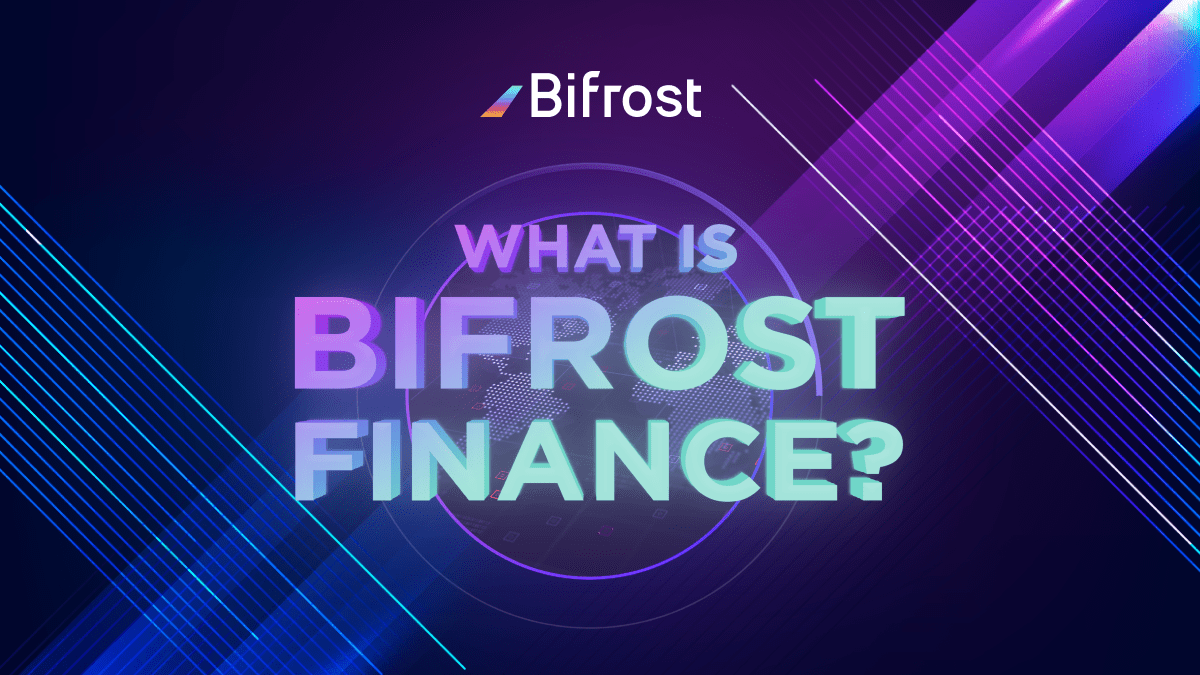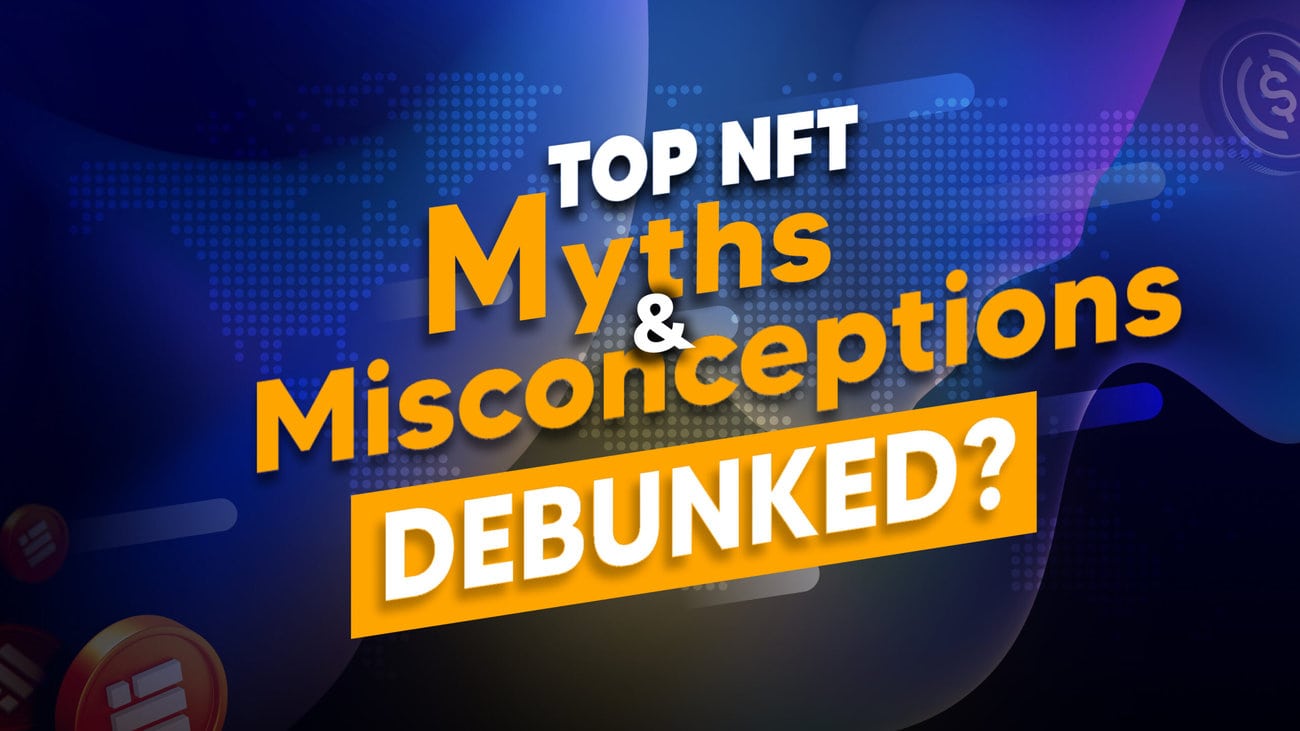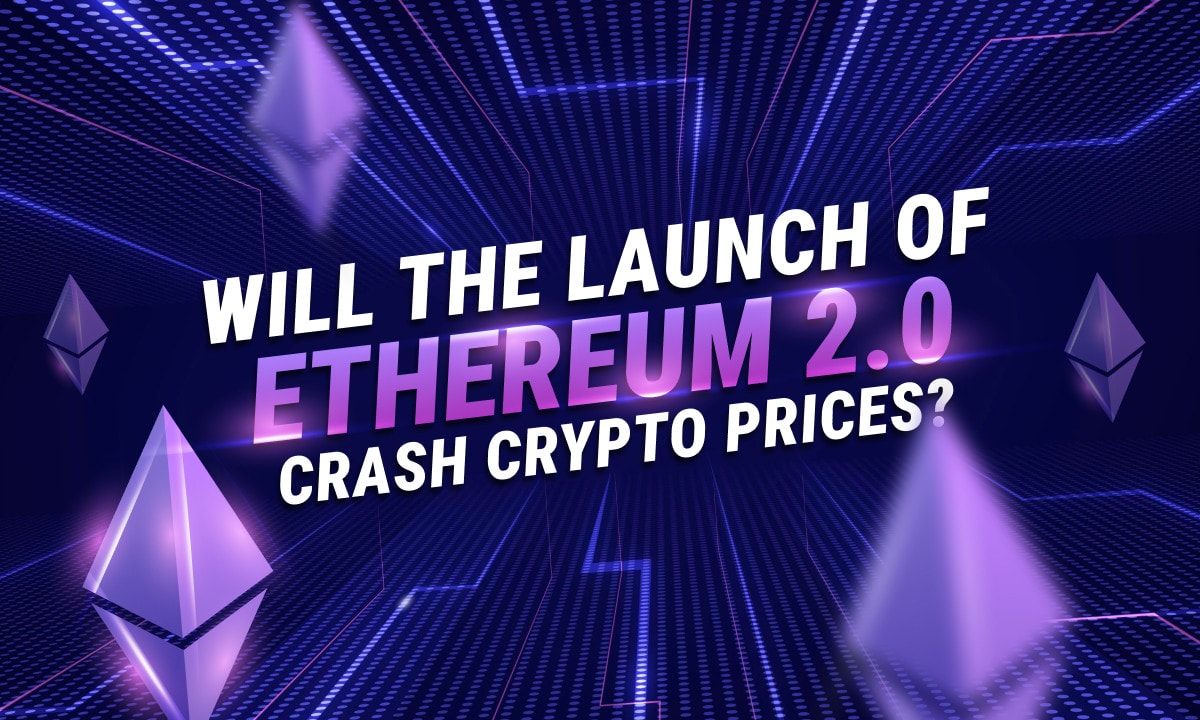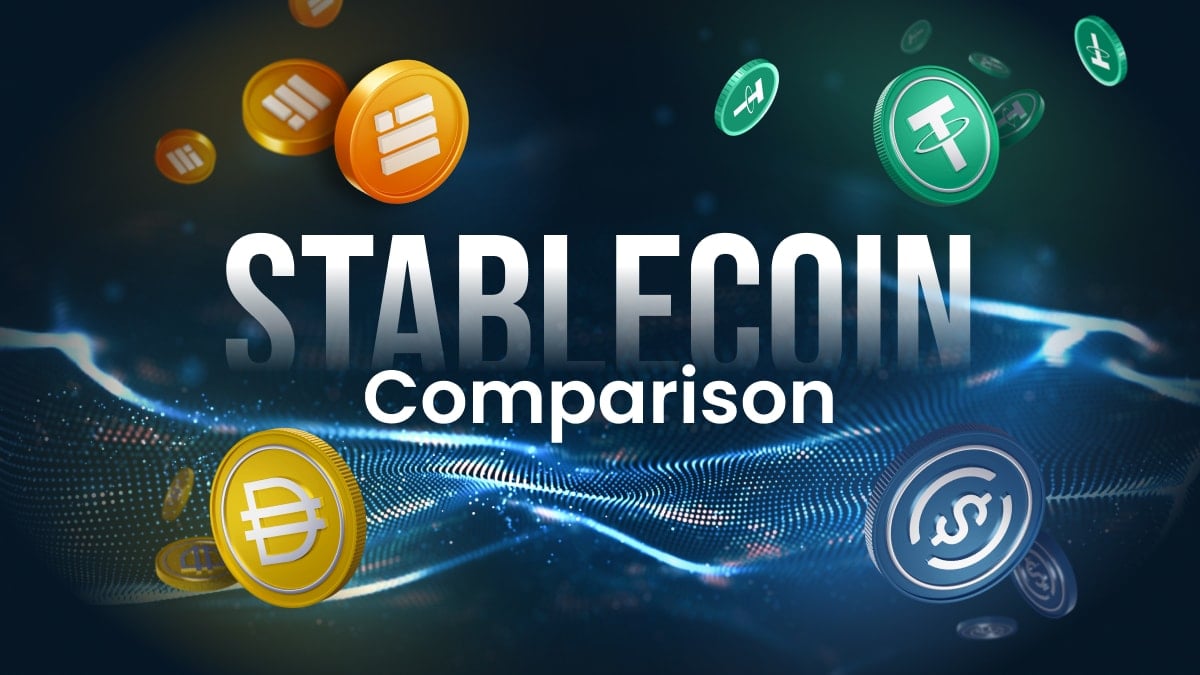There are tens of thousands of cryptocurrencies out there, with over 1,000 new tokens launched between January and July of 2022. Over time, people in the crypto community have realized that there are many bogus projects in the blockchain space whose sole aim is to entice unsuspecting people and defraud them. This makes it compulsory for everyone to research blockchain projects before making financial commitments.
What Does DYOR Mean?
DYOR (Do Your Own Research) is a well-known acronym in the crypto and blockchain space. DYOR means that people are encouraged to conduct due diligence and gather all the necessary information on projects before depositing any funds, especially for new projects. Adequate research protects new and existing crypto enthusiasts from scams and projects with no real value. By “doing your own research,” members of the crypto community can find viable blockchain projects and avoid fraudulent or deceptive ones.
Why is DYOR Important?
DYOR is important to avoid losses, especially from scams or fraudulent actors. The evolution of decentralized finance (DeFi) and blockchain tech has made it easy for creators to sell the promise of a revolutionary product and attract cash from the general public. Since anyone with enough technical knowledge can create an asset on a blockchain, people no longer require intermediaries such as banks and brokerages before investing in the opportunities available within the crypto market. However, without governmental checks and regulations on these intermediaries, it also means that there is a high risk that the average investor will fall for a scam or fund a project with nefarious intentions.
Furthermore, since there are no centralized authorities in the DeFi space, people have no place or authority to report their grievances should the project turn out to be a scam. Fraudulent development teams know this, and exploit it by making promises they cannot deliver. In addition, transactions recorded on a blockchain are immutable. This design is a significant reason DYOR is important, since funds lost to scams or harmful projects are usually irretrievable.
How to Do Your Own Research (DYOR) in Crypto Projects
Here are some tips on how to DYOR before investing in crypto projects:
- Find the project team and its Unique Selling Proposition (USP);
- Evaluate the project roadmap;
- Check the project’s social media reputation and presence;
- Research the project’s source of funds
- Read the project’s whitepaper
- Find Third-Party Audit Reports
Find the Project Team and its Unique Selling Proposition (USP)
People looking to invest or deposit funds must first find information about the project’s motives, purpose, and development team. The data could include the project’s past performance and detailed use cases of featured products. If a project team is anonymous, it should set off red flags in your head, as you should be wondering why they aren’t willing to put their name behind a project if it is reputable. Also, what is the project trying to achieve? Consider if it is actually something that there is likely a market for, and whether other competitors have attempted the same idea in the past and their results?
Evaluate the Project Roadmap
Reading and understanding a project’s roadmap, which provides a strategic overview of objectives, milestones, deliverables, and resources, is an effective way to DYOR. You should also evaluate if the roadmap is feasible – this relates to the above research on the team and their background. A fake or deceptive crypto project may publish a roadmap that promises all kinds of products or features in a short time. These projects sometimes do this to excite new backers into believing the project is viable in the long run and things are moving along quickly. However, the roadmap may be too good to be true. If a project makes promises like partnerships, new products, plans to raise a large sum of money, and full government approval all within a short time, buyers should be wary.
Check the Project’s Social Media Reputation and Presence
Reputable blockchain projects usually have a verifiable social media presence and reputation. Checking the project’s reputation on major social media platforms such as Facebook, Telegram, Reddit, and Twitter gives insight into people’s thoughts about the project. See how other users are interacting with the community. Also, see if there are any questions or grievances concerning the project, and whether the team is immediately on hand to address them.
Research the Project’s Source of Funds
Before making financial commitments to a project, it is important to determine whether a single individual or an established firm backs the project with capital and other resources. Prospective investors should also research previous projects backed by these sponsors to see if they were successful. Additionally, these sponsors should have a good reputation in the crypto community. This information can be located in the project’s whitepaper.
Read the Project’s Whitepaper
All crypto projects should have at least a whitepaper that documents information and technical aspects of the project. Whitepapers contain critical information about a project’s development process, potential opportunities, and utility.
Find Third-Party Audit Reports
Many auditors, such as Certik, Hacken and Quantstamp review the code of blockchain projects before launch to ensure their security. These audits involve double-checking the code and testing it for vulnerabilities, which results in the funds within the application being much safer than a non-audited smart contract. Looking up the audit report of projects before investing is a sure way to build confidence in a project. However, people should be aware that a positive report does not mean that the project is completely safe, as there are instances where malicious code was added after the report was released.
Learn more about these companies and what they do: Top 10 blockchain security and smart contract aduit companies.
Common Tools Used in Researching Crypto Projects
People researching crypto and blockchain projects should use multiple tools, common tools include CoinGecko, CoinMarketCap, Investopedia and social media.
CoinGecko
CoinGecko is a popular market research source for blockchain projects. The platform provides detailed information on market caps, prices, and daily trading volumes of various crypto assets. In addition to being a credible source of crypto information, CoinGecko also provides crypto-focused podcasts, industry commentary, and daily newsletters. When going into individual asset pages, you can also find the token’s website and social channels, allowing you to continue your due diligence.
CoinMarketCap
CoinMarketCap is the leading platform for cryptocurrency market information and research. The platform provides market information on nearly all the crypto assets available. CoinMarketCap also ranks crypto assets and projects in real-time, using features like market capitalization or 24-hour trading volume to sort projects in order. Like with CoinGecko, make sure to check the individual asset pages for more information on a specific cryptocurrency.
Investopedia
Investopedia is a leading online resource in the finance space. It is a repository that explains related terms and contains news and general financial information. Investopedia explains many complex blockchain concepts in layman’s terms, making it an ideal platform for newcomers in the finance and crypto space.
Social Media
It is almost essential to sample public opinion about a project before spending money. Social media platforms like Facebook, Twitter, Telegram and Reddit contain raw and undiluted information from members of the crypto community who may have in-depth details about the project.
Although the information posted on social media may be unverified, these platforms can still be an excellent way to get much-needed information about projects. Posts may be from people who have lost money, made money, or those who noticed specifics that they considered to be red flags. However with everything on social media, always confirm that the statements being made are legitimate before you take them as truth.
Conclusion
DYOR is crucial for investors in the cryptocurrency and blockchain space. The absence of easy-to-understand information and lack of regulation somewhat makes scams more likely in the crypto space than in traditional financial markets, so never overlook the importance of research and verification. Doing the proper research before getting monetarily involved in any project is a concept that has more relevance in the blockchain sector than in many other industries because it is a disruptive and highly volatile sector.









